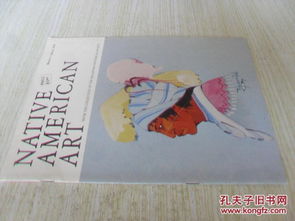Native American Sand Art: A Cultural Treasure Unveiled
Step into the world of Native American sand art, a captivating form of art that transcends time and culture. This intricate and delicate craft, deeply rooted in the traditions of Native American tribes, offers a glimpse into their rich heritage and spiritual beliefs. In this article, we will delve into the history, techniques, significance, and cultural impact of Native American sand art.
History of Native American Sand Art

Native American sand art has its origins in the Pueblo culture of the southwestern United States. The art form dates back to the 17th century, with the Navajo and Hopi tribes being the most prominent practitioners. Initially, sand art was created for ceremonial purposes, serving as a medium to convey spiritual messages and honor ancestors.
Over time, the art form evolved, and its popularity spread to other tribes, including the Zuni, Apache, and Pima. Today, Native American sand art is not only a cultural tradition but also a thriving art industry, with artists from various tribes showcasing their unique talents.
Techniques of Native American Sand Art

Creating Native American sand art is a meticulous process that requires patience, skill, and a deep understanding of the cultural significance behind each design. Here’s a step-by-step guide to the art form:
-
Choose the right sand: Artists select fine, dry sand, often sourced from local rivers or deserts. The color and texture of the sand can vary, adding to the uniqueness of each piece.
-
Prepare the base: A flat, smooth surface is essential for creating sand art. Artists often use a wooden board or a canvas.
-
Design the pattern: Before applying the sand, artists sketch their design on the base. This can be a geometric pattern, a spiritual symbol, or a depiction of nature.
-
Apply the sand: Using small, fine-tipped tools, artists carefully place the sand onto the base, following the design. This process requires precision and a steady hand.
-
Seal the sand: Once the design is complete, artists apply a clear, protective sealant to preserve the artwork. This step is crucial to prevent the sand from eroding or falling off.
Significance of Native American Sand Art

Native American sand art holds immense cultural and spiritual significance. Here are some of the key aspects:
-
Spiritual Connection: Sand art serves as a medium for spiritual expression and connection with the divine. Artists often create pieces to honor ancestors, celebrate life events, or seek guidance from the spirits.
-
Cultural Identity: Sand art reflects the unique traditions, beliefs, and values of Native American tribes. It serves as a reminder of their rich heritage and the importance of preserving their culture.
-
Artistic Expression: Native American sand art allows artists to showcase their creativity and skill. Each piece is a testament to their dedication and passion for their craft.
Cultural Impact of Native American Sand Art
Native American sand art has had a profound impact on both the artists and the broader community:
-
Economic Benefits: Sand art has become a significant source of income for many Native American artists. It provides them with an opportunity to share their culture and support their families.
-
Cultural Exchange: Sand art has helped bridge the gap between Native American tribes and the wider world. It has sparked interest in Native American culture, fostering a greater appreciation for their traditions and heritage.
-
Preservation of Culture: By creating and sharing their art, Native American artists contribute to the preservation of their culture. Sand art serves as a living testament to their rich heritage and the importance of maintaining their traditions.
